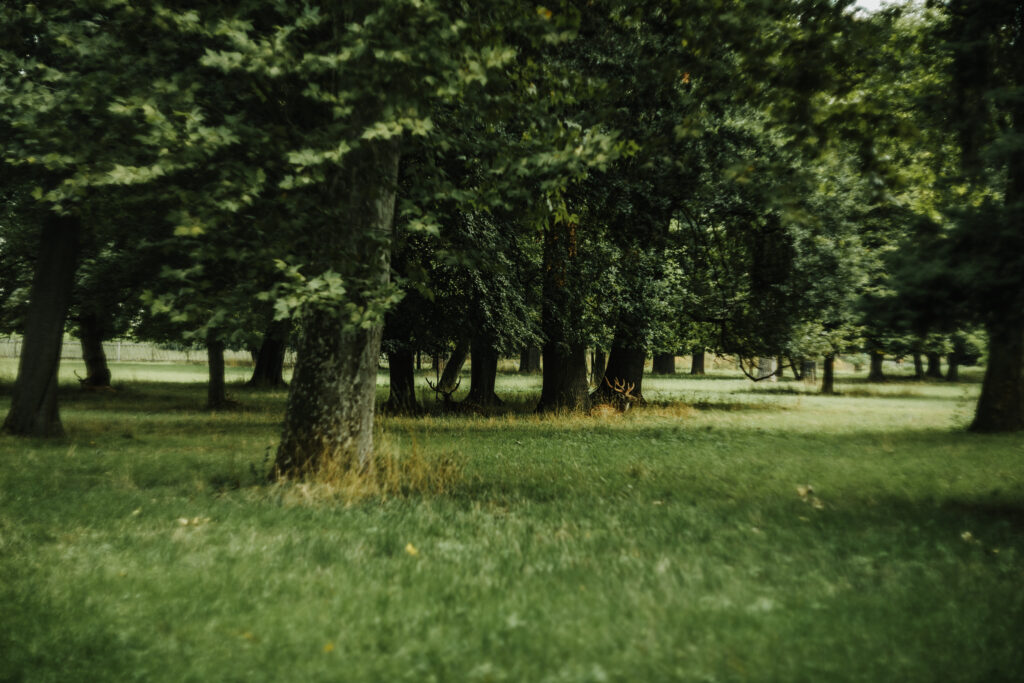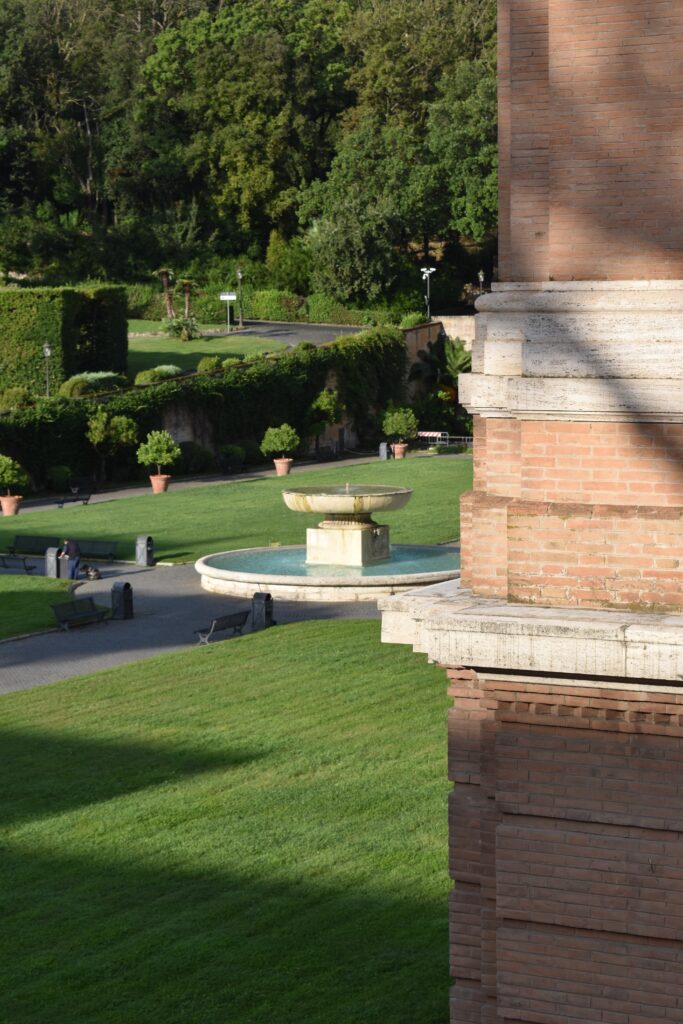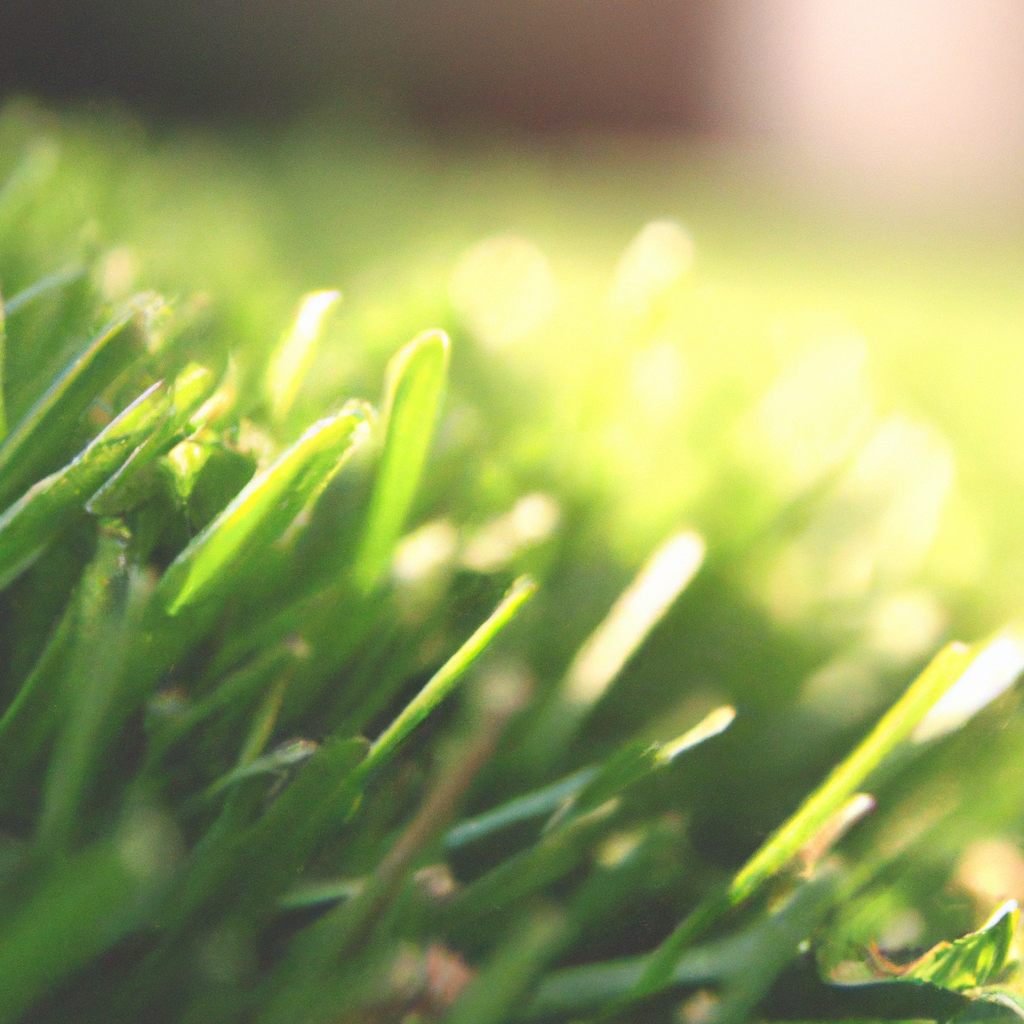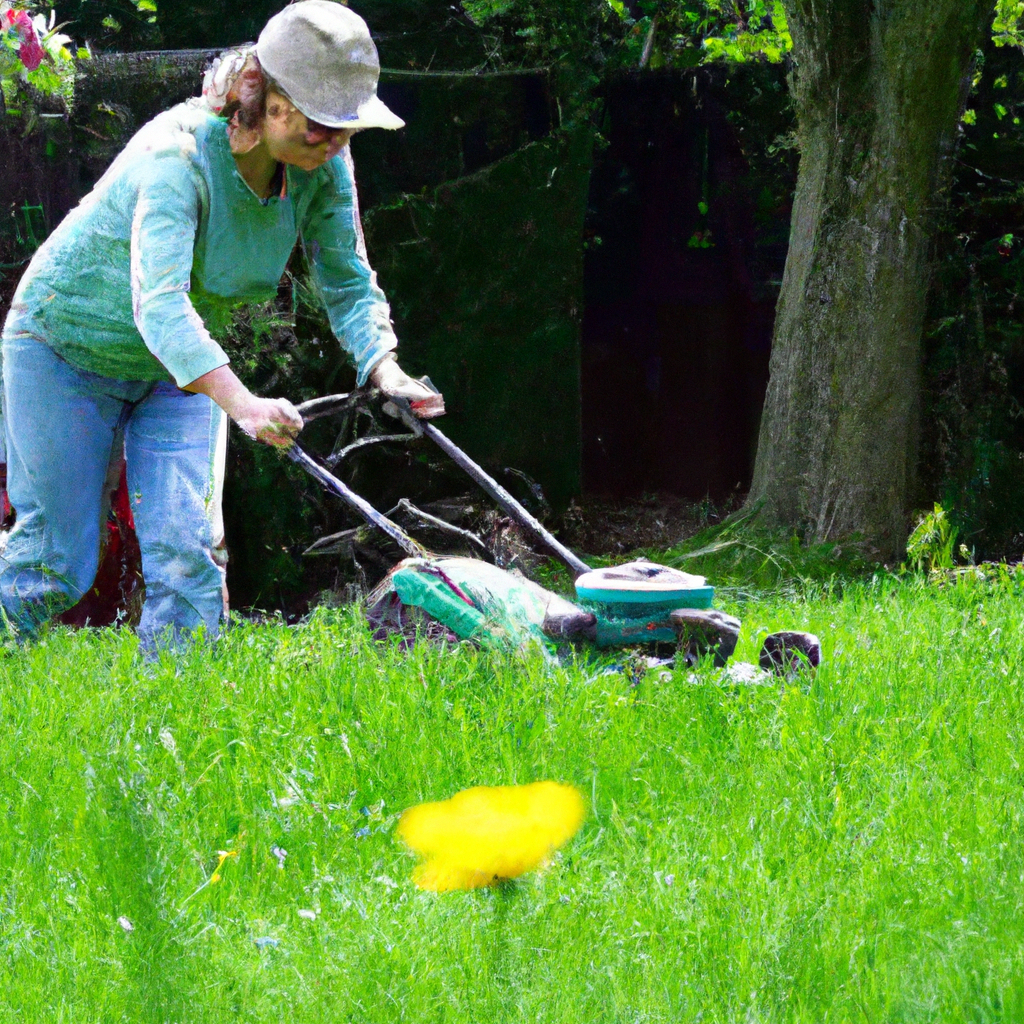If you’ve ever wondered if dethatching your lawn is worth the effort, wonder no more! This comprehensive guide will walk you through the numerous benefits of dethatching and why it should be an essential part of your lawn care routine. Say goodbye to the stubborn thatch layer that suffocates your grass and hello to a healthier, greener lawn that will be the envy of the neighborhood. So grab your rake and get ready to uncover the secrets to a vibrant and thriving lawn.

What is Dethatching?
Dethatching is the process of removing the layer of dead grass, roots, and other organic debris that accumulates on the surface of your lawn over time. This layer, known as thatch, can prevent water, nutrients, and air from reaching the roots of your grass, leading to an unhealthy and unattractive lawn. Dethatching is an essential part of lawn maintenance and can greatly improve the health and appearance of your yard.
When to Dethatch Your Lawn
Signs of Thatch Accumulation
One of the first signs that your lawn may need dethatching is the presence of a spongy or uneven surface. If you notice that your lawn feels soft underfoot or that it is difficult to mow evenly, it could be a sign that thatch has built up. Other signs include an increase in weeds, poor water absorption, and a lack of response to fertilizers.
Frequency of Dethatching
The frequency at which you should dethatch your lawn depends on several factors, including the type of grass you have, the climate in your region, and your lawn’s thatch accumulation rate. As a general rule of thumb, most lawns benefit from dethatching every one to three years. However, if you notice any of the signs mentioned earlier, it may be necessary to dethatch more frequently.
Tools and Equipment Needed for Dethatching
Lawn Dethatcher
The most important tool you will need for dethatching is a lawn dethatcher, also known as a power rake or a vertical mower. This machine features rotating tines or blades that penetrate the thatch layer, loosening it and bringing it to the surface. There are various types of dethatchers available, including manual, electric, and gas-powered models. Choose the one that best suits the size of your lawn and your personal preferences.
Lawn Rake
In addition to a dethatcher, a lawn rake is another essential tool for dethatching. A metal-tined rake can be used to rake up the layers of thatch that the dethatcher brings to the surface. It’s important to choose a rake with sturdy tines that can effectively remove the thatch without damaging the underlying grass.
Lawnmower
While not essential, a lawnmower can be a helpful tool for dethatching your lawn. By setting your lawnmower to a low setting, you can trim the grass down to expose more of the thatch layer, making it easier to remove with a dethatcher or rake.
Organic Materials
To complete the dethatching process, you may need organic materials such as compost or topsoil. These materials can be used to fill in any depressions or uneven areas left behind after dethatching. They can also help improve the overall health and fertility of your soil.
Step-by-Step Guide to Dethatching Your Lawn
Step 1: Preparation
Before dethatching, it’s important to prepare your lawn. Start by mowing your grass to a shorter length to make it easier for the dethatcher to penetrate the thatch layer. It’s also a good idea to water your lawn thoroughly the day before dethatching to ensure that the grass and soil are moist.
Step 2: Adjusting the Dethatcher
Next, adjust the dethatcher to the appropriate depth. Most dethatchers have adjustable settings that allow you to control the depth at which the tines or blades will penetrate the thatch layer. Set it at a depth that is just below the thatch but does not disturb the healthy grass.
Step 3: Dethatching the Lawn
Once your dethatcher is adjusted, begin dethatching your lawn by making parallel passes across the entire area. Walk slowly and evenly to ensure that you remove as much thatch as possible. As you dethatch, the machine will bring the thatch to the surface, where it can be raked up and removed.
Step 4: Cleaning Up
After dethatching, use a metal-raked to remove the thatch from the surface of your lawn. Be thorough and remove as much thatch as possible to maximize the benefits of dethatching. Once the thatch has been removed, you can then fill in any depressions or uneven areas with the organic materials mentioned earlier.

The Benefits of Dethatching Your Lawn
Improves Water and Nutrient Absorption
One of the main benefits of dethatching your lawn is that it improves the penetration of water, nutrients, and air into the soil. By removing the thatch layer, you create space for these essential elements to reach the roots of your grass. This, in turn, promotes healthier and more robust growth.
Promotes Uniform Growth
Dethatching also helps promote uniform growth throughout your lawn. By removing the thatch layer, you eliminate the barriers that can hinder the growth of certain areas of your lawn. This leads to a more even and aesthetically pleasing appearance.
Enhances Air Circulation and Reduces Disease
Thatch can create a barrier that restricts the movement of air within the soil. Adequate air circulation is crucial for the health of your grass, as it helps to prevent the buildup of harmful gases and encourages the growth of beneficial microorganisms. Dethatching your lawn improves air circulation and reduces the likelihood of diseases caused by stagnant air.
Increases the Effectiveness of Fertilizers and Pesticides
When thatch accumulates on your lawn, it can prevent fertilizers and pesticides from reaching the roots of your grass. By removing the thatch layer, you create a direct pathway for these products to reach their intended targets, making them more effective.
Improves Overall Aesthetic Appeal
A well-maintained lawn is an essential component of a beautiful and inviting outdoor space. Dethatching your lawn can greatly enhance its overall aesthetic appeal, resulting in a lush, green, and vibrant landscape.
Common Mistakes to Avoid When Dethatching
Dethatching at the Wrong Time
Timing is crucial when it comes to dethatching your lawn. It’s best to dethatch when your grass is actively growing and can quickly recover from the process. Avoid dethatching during periods of extreme heat or drought, as this can stress your grass and hinder its recovery.
Using Excessive Force
When dethatching, it’s important to strike a balance between removing the thatch and avoiding damage to the healthy grass. Using excessive force or setting the dethatcher too deep can result in scalping or damaging your lawn. Be gentle and take your time to ensure the best results.
Ignoring Proper Clean-Up
After dethatching, it’s crucial to remove as much of the thatch as possible from your lawn. Failing to do so can result in the thatch breaking down and becoming compacted, which defeats the purpose of dethatching. Be thorough in your clean-up to maximize the benefits.
Failing to Overseed and Fertilize Afterwards
Dethatching can leave your lawn vulnerable, as it removes a significant amount of organic material. It’s important to overseed and fertilize your lawn after dethatching to promote healthy regrowth and prevent weed invasion. Follow the appropriate seeding and fertilizing practices for your grass type to ensure successful recovery.

Alternative Methods to Dethatching
Core Aeration
Core aeration is another method commonly used to improve soil health and alleviate thatch accumulation. This process involves using a specialized machine to remove small plugs of soil from your lawn. By creating holes in the soil, core aeration allows for better water, nutrient, and oxygen penetration, effectively reducing thatch buildup.
Power Raking
Power raking, also known as vertical mowing, is a more aggressive method of dethatching. Similar to dethatching, power raking uses rotating blades to remove thatch from the surface of your lawn. However, power raking cuts deeper into the soil, making it necessary to overseed and fertilize afterward. This method is best suited for lawns with excessive thatch buildup.
Safety Precautions When Dethatching Your Lawn
Wearing Protective Gear
When dethatching your lawn, it’s essential to wear protective gear to prevent injury. This includes safety goggles, sturdy shoes, and gloves. The dethatching process can kick up debris and dust, and it’s important to protect your eyes, feet, and hands.
Avoiding Overexertion
Dethatching can be a physically demanding task, especially if you have a large lawn. Take breaks as needed and avoid overexertion to prevent muscle strain or exhaustion. If necessary, consider hiring a professional to dethatch your lawn.
Keeping Children and Pets Away
During the dethatching process, it’s important to keep children and pets away from the area. The machines and tools used can pose a potential danger if not used correctly. Ensure that they are in a safe and supervised area until the dethatching is complete.
Using Tools Properly
Finally, always use the tools and equipment properly to avoid accidents or damage. Read the instruction manuals thoroughly and follow the recommended guidelines. If you’re unsure about how to use a particular tool, consider seeking guidance from a professional or hiring a professional service.

Frequently Asked Questions About Dethatching
What is the difference between dethatching and aeration?
Dethatching and aeration are similar processes that aim to improve the health of your lawn, but they target different issues. Dethatching focuses on removing the layer of dead grass and organic debris, whereas aeration involves creating small holes in the soil to alleviate compaction and improve water and nutrient penetration. Both processes can be beneficial and may be used in combination for optimal results.
How long does it take for a dethatched lawn to recover?
The recovery time for a dethatched lawn depends on various factors, including the type of grass, the health of the lawn before dethatching, and the care provided after dethatching. In general, most lawns recover within a few weeks to a couple of months. However, it’s important to provide proper watering, fertilization, and maintenance to support the recovery process.
Can I dethatch my lawn myself, or should I hire a professional?
Dethatching can be done by homeowners, especially for small to medium-sized lawns. However, if you have a large lawn or are unsure about the process, it may be beneficial to hire a professional service. Professionals have the expertise, equipment, and knowledge to dethatch your lawn efficiently and effectively. Consider your comfort level and the size of your lawn when deciding whether to DIY or hire a professional.
How often should I dethatch my lawn?
The frequency of dethatching depends on factors such as grass type, climate, and thatch accumulation rate. As a general guideline, most lawns benefit from dethatching every one to three years. However, it’s essential to monitor your lawn for signs of thatch buildup and adjust the frequency accordingly. If you notice sponginess, poor water absorption, or an increase in weeds, it may be necessary to dethatch more frequently.
Conclusion
Dethatching your lawn is a vital aspect of proper lawn maintenance. By removing the layer of thatch, you improve the health, appearance, and overall functionality of your turf. Regular dethatching promotes better water and nutrient absorption, leads to uniform growth, enhances air circulation, increases the effectiveness of fertilizers and pesticides, and improves the overall aesthetic appeal of your lawn. By following the step-by-step guide and avoiding common mistakes, you can successfully dethatch your lawn and enjoy the numerous benefits it offers. Remember to prioritize safety, consider alternatives like core aeration or power raking, and seek professional help if needed. With proper care and maintenance, your lawn will thrive and provide you with a lush and pleasing outdoor space.

